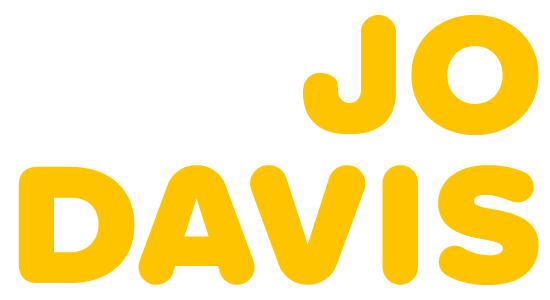Watercolor, Know Your Load
The First of the Slims, 9 x 12”, watercolor on paper.
Most people are wary of using watercolor because it’s sort of complex, you use it in a way that’s kind-of contrary to painting with acrylics, oil, or other things that use an additive process, which basically means you can add white later. But with watercolor you have to start with white and you can never go back (although you can collage it back on with more white paper). So it can make a person feel like they can’t make any mistakes and that’s basically an art-making killer.
But watercolor is worth your time! It's hands-down the most environmentally friendly paint available. I know there are probably people who paint with dirt or coffee or something who might disagree, but I'm mostly referring to the common heavy-hitter paint mediums. The vehicles for acrylic and gouache are plastic, and it takes a ton of toxic substances to use and clean oil paint. Plus, it’s soooo easy to clean and take here and there with you.
Blue Ephemerals, 11 x 14”, watercolor on paper
I have a theory that a lot of people are also discouraged from watercolor because we are so used to seeing it in a figurative way, so when we make something and it doesn’t look like the thing we are trying to paint, we throw our hands up in frustration and thrown in the towel (or the brush across the room). It just seems so complicated and overwhelming to make it work.
watercolor on a small piece of paper
another watercolor on a small piece of paper
I speak from experience. Though I have always used watercolor as an on-the-go sketching medium, I could never really get things to look how I wanted, until I did.
It comes down to one golden rule, KNOW YOUR LOAD.
To assess the water-to-paint ratio on your brush and get it under control, have a scrap piece of paper next to your palette. After you load your brush try it on the scrap. Then take off or add more water or pigment before you put it on the other paper. This is the thing that made everything click for me. Also always keep a rag or paper towel hand for this or to blot your paper when there is too much water there.
Still life from a watercolor class I took at Curio.
Here’s another tip!
It just takes practice and play. Which also happens to be how you get better at using any medium, I guess. The play is so important though. It’s how you develop your own techniques and rhythm. It’s how you make discoveries that when piled on top of each other, the sum is an extension of you, human. And that’s what art is all about!!! Playtime is when you create things without focusing on the end result. The thing itself serves no other purpose. Pretend you'll throw it away as soon as you finish. Or actually do it! (Wow, crazy!!)
Hello again!, watercolor on paper inside of an average-sized sketchbook
Here are some ideas for playtime.
Take a piece of paper and see how many different types of marks you can make with one brush. Then find a differently shaped brush and so do the same thing. Fill the paper.
Using only one color, make a simple painting of an object without lifting the brush off the paper at all until the brush is completely dry.
Play around with the pressure you use. Load a big brush with a pointed tip (my fave btw) with a pretty watered-down color. Push down and make soft thick circles. Then get a nice saturated load on there and use just the tip and with the lightest touch and make marks around and on top of the big fluffy things you just made. Do this again and again until the paper is filled.
Using, a flat brush with a lot of pigment on it and almost no water and make a few long thick lines, then using a more wet brush with any color you want, paint around those lines. Then switch up the colors you used.
Here’s a golden eagle with a feather from one of my sketchbooks. The feather was a watercolor on nice thick paper that I cut out and embroidered.
What are some playtime ideas you have up your sleeve?







